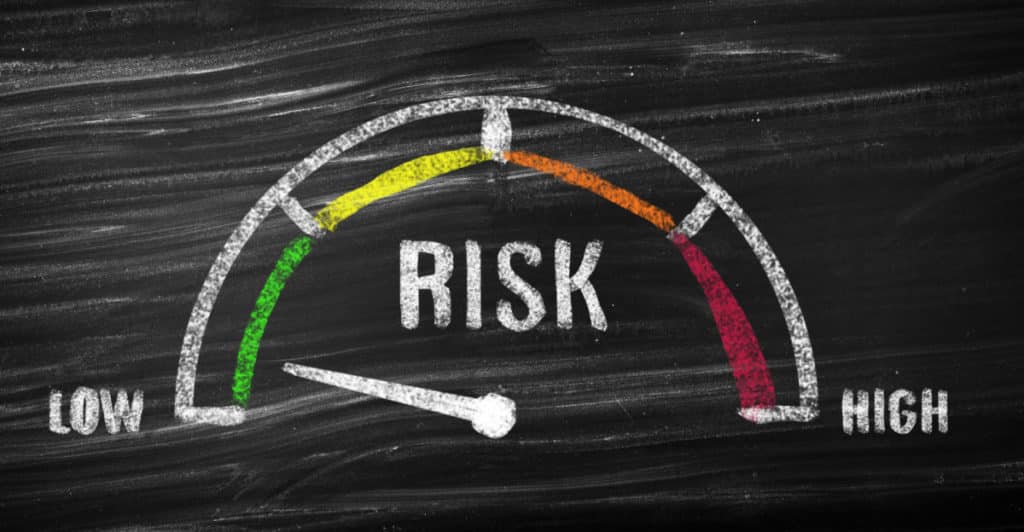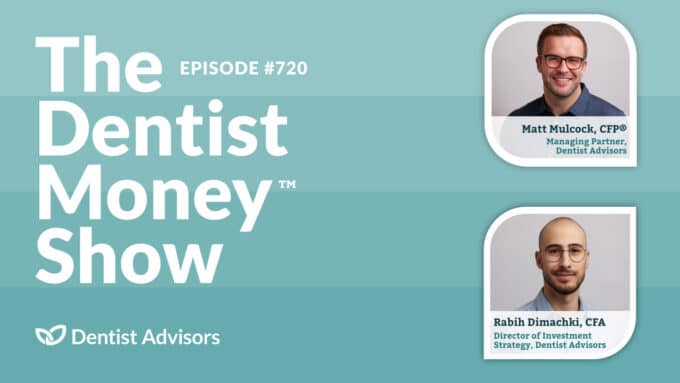There are only about 4,000 stocks on the entire U.S. stock market—a number that surprises most people because it seems small. Worldwide there are around 10,000 more companies whose stocks trade on different global markets. Each day, as people buy and sell these 14,000 stocks, their prices go up and down—movement that’s referred to as volatility.
There’s a reason so many savvy investors accept this volatility and choose to place a large portion of their savings in stocks. Since 1926 the stocks that make up the S&P 500 (the 500 largest publicly-traded companies in the U.S.) have returned an average of 9.9% annually. Of course, that return is not represented by a constant straight line up. If you had invested in 1926 to get that 10% return you would have passed through corrections, bear markets, a depression, and even recessions. Drops of over 40%, would be followed by years where the overall market grew at over 80%. With swings that drastic, that’s a lot of volatility. However, if your goal is to build wealth over a long period of time, no asset class offers higher expected returns.
Confronting Your Emotions
How you respond emotionally to volatility says a lot about how well you can tolerate stock market risk. Because risk tolerance plays such a big role with individual investors, fund managers often try to break their portfolios into groups with a controlled level of risk. For example, when considering where to put your stock market investments, you may see classifications like these:
- Very aggressive
- Aggressive
- Balanced
- Conservative
- Very conservative
Since bonds are considered safer and offer a more predictable yield, to achieve these levels of risk, fund managers mix stocks with bonds. They’ll even mix in low or high volatility stocks to create portfolios that match the predetermined risk level. In the end though, all of these classifications will necessarily have some level of volatility.
If the idea is to earn a return higher than the inflation rate over time, you need to get used to volatility. Developing a tolerance for up and down market swings actually takes time, which is a good reason to start investing in stocks early in your career.
Risk and Time Factor
Not every dollar you invest is for the long term. Before putting any money to work you need to determine its purpose. Are you trying to buy a practice? Do you need a down payment for a building or house in a few years? Are you accumulating retirement funds?
Before investing, approximate the specific dates when the funds will be needed—the risk you need to take with that money should be tied directly to that time frame. The more time you have, the more risk you can take. For short-term investment objectives, choose something safe that gives you a predictable yield, like a bond. For long-term growth, you can invest in stocks—or a mixture of stocks and bonds. The idea is to maximize your return by matching risk and time horizon.
For the Very Conservative Investor
Super conservative investors often worry: “Am I going to lose money?” There is a way for those investors to invest and feel comfortable—U.S. Treasury bills or bonds carry the full faith and credit of the United States, making them one of the safest investments in the world.
But they do have a downside. If you only invest in U.S. Treasuries, you should expect to barely keep up with inflation—and that might not be enough to meet your goals. If choosing treasury bills is the only way you’re willing to get out of your savings accounts and start investing, then do that. Keeping up with inflation is better than not investing at all.
Summary—The Need for Risk
Some uncertainty has to be there for you to receive a return. That’s why all investments carry some degree of risk. Recognize your own capacity for risk, assess the time required to reach a specific financial goal, and then follow a disciplined strategy that protects you from making reactive decisions. When it comes to your money, growth only comes when you take some calculated risks.
At Dentist Advisors, we can help you take control of your financial future. To book a free consultation, go to www.DentistAdvisors.com and click “Book Free Consultation.” Or, call us at 833-DDS-PLAN to set up an appointment.
To learn more about the importance of taking calculated risks, listen to our “Every Dentist Faces These 3 Risks” podcast.




